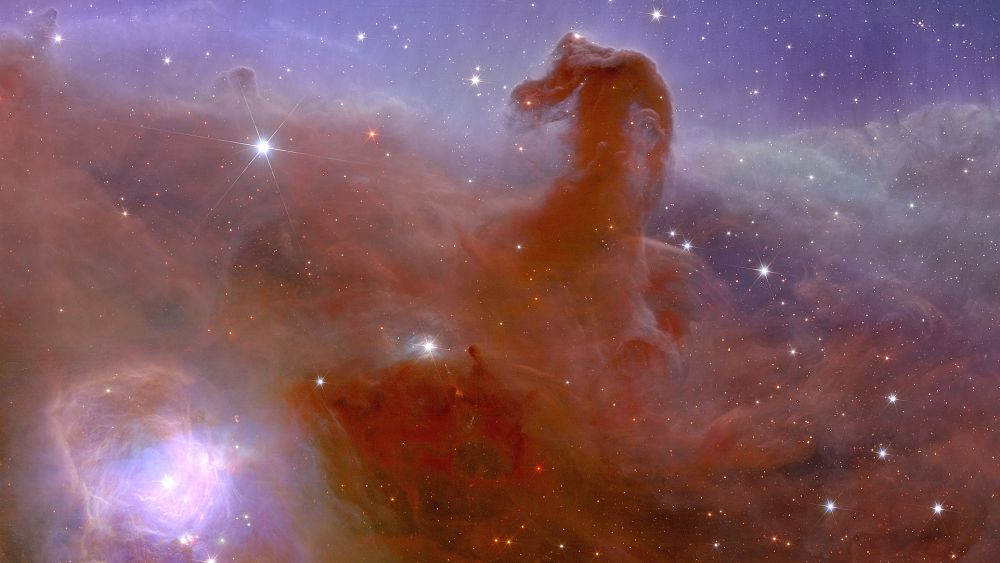The European Space Agency (ESA) has shown images of distant galaxies that have never been seen before.
The European Space Agency (ESA) on Tuesday revealed the first images from its Euclid Space Telescope.
The colorful images provide the clearest glimpse yet of the universe, as the telescope continues its mission to uncover the secrets of the farthest reaches of space, known as the “dark universe.”
The Euclid telescope was launched last July aboard a SpaceX rocket from Cape Canaveral, United States of America, on a six-year mission to explore an area in space 1.5 million kilometers away.
The telescope took a month to reach its destination and has now begun sending discoveries back to Earth, continuing to investigate how dark matter and dark energy affect the current appearance of our universe.
“Dark matter binds galaxies together and causes them to spin faster than visible matter alone can explain; dark energy is what drives the accelerating expansion of the universe. Euclid will, for the first time, allow cosmologists to study these competing dark mysteries together.” said Carol Mundell, ESA’s scientific director.
“Euclid will go beyond our understanding of the universe as a whole, and these images show that the mission is ready to help answer one of the greatest mysteries in modern physics.”
What is Euclid’s mission?
By observing the shapes, distances and movements of billions of galaxies 10 billion light-years away and using infrared sensors, the team behind Euclid hopes to create the largest 3D cosmic map ever.
The telescope is named after Euclid, the ancient Greek mathematician, and will analyze billions of galaxies covering more than a third of the sky.
Euclid’s infrared instruments – provided by NASA (which will also launch its own telescope, called ROMAN, in 2027) – allow it to produce an extremely sharp image of a huge swath of sky in a single sitting.
Recently released images allowed the team to zoom in on distant galaxies that had never before been seen in sharp focus.
“We have never seen astronomical images like this, with this amount of detail. They are more beautiful and clearer than we expected, and show us many features that have never been seen before in known regions of the nearby universe. Now we are ready,” said Rene Lorig, the mission’s principal scientist. , in a statement: “To observe billions of galaxies and study their evolution over cosmic time.”
“Our high standards for this telescope have paid off: the fact that there are so many details in these images is due to the special optical design, the perfect manufacturing and assembly of the telescope and instruments, and the extremely precise temperature and temperature control,” added Giuseppe Racca, Euclid Project Manager.
What can you see in the pictures?
For the first time, scientists were able to distinguish many faint galaxies that had never been seen before.
One of the most stunning images is one that includes 1,000 galaxies belonging to the Perseus cluster, and more than 100,000 additional galaxies far away in the background.
Some galaxies now visible in detail thanks to Euclid’s images are so distant that their light takes 10 billion years to reach us.
Euclid will continue to observe many galaxy clusters such as Perseus, revealing the “dark” element that holds them together.
One of the first galaxies he observed, which had a similar appearance to our Milky Way, was the so-called “Hidden Galaxy”, also known as IC 342 or Caldwell 5.
Euclid was able to reveal vital information about the stars in this galaxy using his infrared detectors.
video editor • Aisling Ní Chullín

“Friendly zombie fanatic. Analyst. Coffee buff. Professional music specialist. Communicator.”

:quality(70)/cloudfront-us-east-1.images.arcpublishing.com/metroworldnews/D7SZ6VJUCNCTLMXRUVJ33LULFM.jpg)